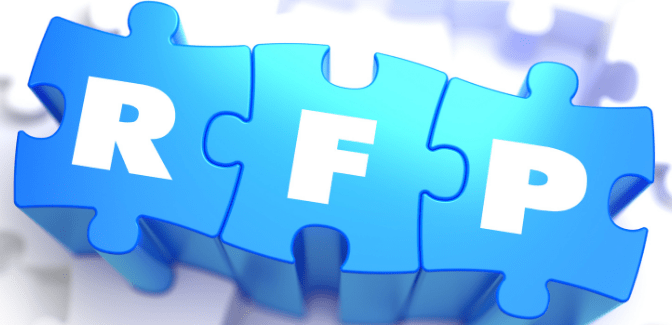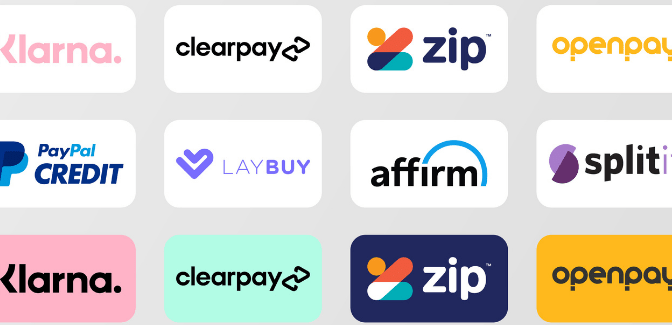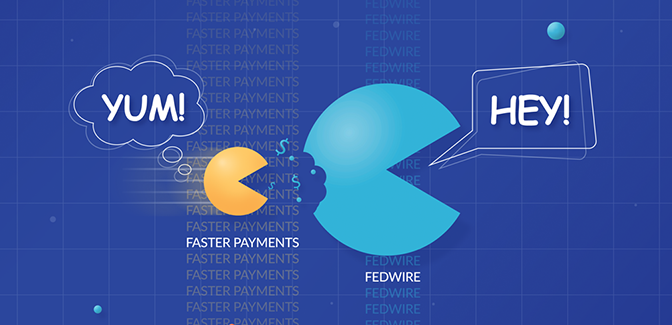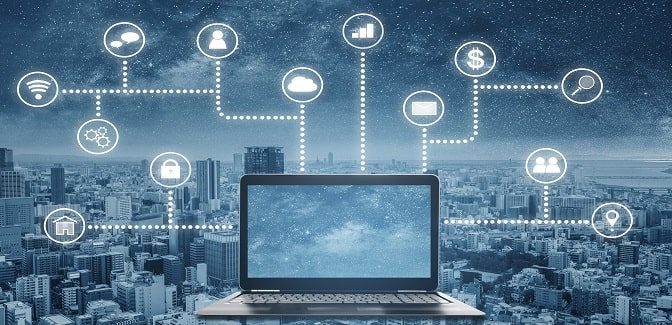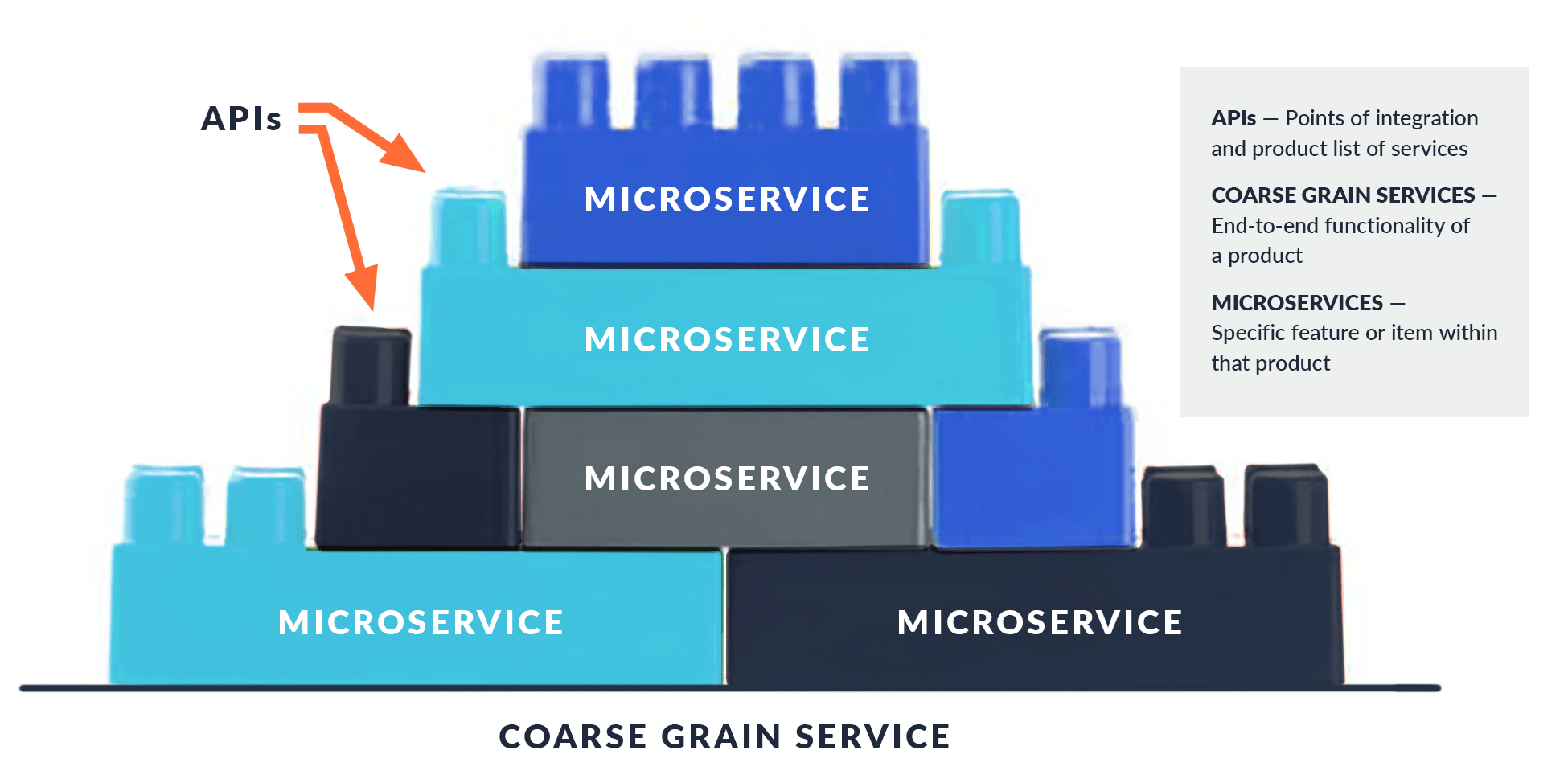The boon the “Great Recession” has had on the technology space was a hot topic during the pandemic’s quarantine period. Just looking at the sheer volume of companies and products we rely on in our day-to-day life that sprouted in the aftermath of our last recession (June 2009) is mind-boggling. Whether it is ordering groceries from home using InstaCart (est. 2013), food from Postmates (est. 2011), thinking about traveling again while scrolling through Instagram (est. 2010), considering the implications of the coming Metaverse or maybe even looking to lower your loan obligations on SoFi (est. 2011), our real-life and online lives are converging at increasingly rapid pace.
Our lives and experiences in the past 10 years have been drastically changed by smartphones and the app-based ecosystem and economy that followed. And, of course, there has been a theme of instant gratification running throughout. Many of the great ideas that came out of the last recession were focused on making life simpler and gaining instant access to the things we want and need. In line with Moore’s law—an indicator of the speed at which technology advances—the implementation of real-time experiences and companies leveraging real-time technology will make its use increasingly ubiquitous in our lives.
Payments and banking services, initially slow to react to the new market dynamics of the last decade, have been alive with rapid activity. At the epicenter of this trend is the first new central payment system to enter the market in four decades, The Clearing House’s RTP ® System, which launched in 2017. Putting that in perspective, if you graduated college after 1995, the payment systems keeping our country functioning were already up and running when you were born. For fun, check out what also happened in 1995.
With the new financial infrastructure in place, we are seeing real-time innovation in banking and payments. Similar to the companies launched as part of the dawning app-based ecosystem in the post-great recession technology boom, banking is poised for its moment of innovation, with early adopters already finding innovative ways to provide value to consumers using real-time payment rails (expedited/immediate bill pay for a premium price, anyone?).
For the most part, it remains to be seen how these innovations will manifest as a better user experience e.g., more visibility into where your money is or where it is going, new products and services from banks such as instant loans, increasingly personalized products or instant payroll. But one thing’s for sure, the foundation of a real-time ecosystem in banking and payments is rapidly taking shape and I’m excited to see where innovators take us over the next decade.
Find out what’s in store this year in the webinar, Payments in 2022: What You Need to Know.
Updated from a blog originally published July 8, 2020
Alacriti’s Cosmos for RTP® enables financial institutions and organizations to quickly and seamlessly connect to The Clearing House’s RTP® network without the burden of significant infrastructure overhauls or capital investments. To speak with an Alacriti real-time payments expert, please contact us at (908) 791-2916 or info@alacriti.com.



